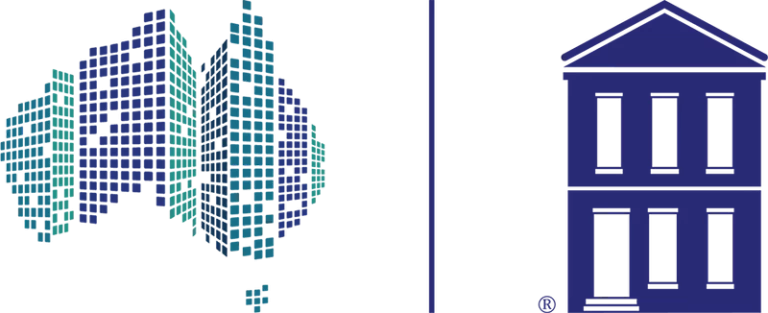In Victoria, the regulations concerning trees fall under the purview of general property law and ‘common law,’ shaped by court decisions over time.
Tree Ownership and Maintenance Obligations
Tree owners in Victoria are generally not legally obligated to maintain their trees unless they cause damage or become a nuisance. Additionally, council rules may apply, and it is advisable to check with the local council to determine if the tree in question is protected. Notably, the council will not intervene in disputes or trim trees unless they are on council property.
Boundary Line Trimming Rights
Property owners have the ‘right of abatement,’ allowing them to trim branches, leaves, or roots extending beyond their property boundary at their own expense. Renters should consult their property managers before taking action to avoid violating their rental agreements.
Prior to trimming a neighbour’s tree, consider:
- Discussing maintenance plans with your neighbour.
- Confirming the tree’s protection status with the local council.
- Seeking advice on proper trimming techniques.
- Agreeing with your neighbour on disposal arrangements for trimmings.
Reminder that you are responsible for any damage caused to your neighbour’s tree. You must obtain your neighbour’s consent before entering their property for maintenance.
Handling Trees Affecting Light or Views
No specific regulations in Victoria prevent property owners from planting large trees. This becomes a matter for negotiation between neighbours. If an agreement cannot be reached, mediation is recommended, providing an opportunity for both parties to discuss and resolve tree maintenance concerns. If mediation fails, legal advice is suggested before considering court action.
Dealing with Trees on Nature Strips or in Parklands
For trees causing issues on nature strips or in parklands, contact the local council to check protection status. Protected trees may prompt the council to send an arborist for assessment, while unprotected ones allow trimming along the boundary line.
Costs and Liability for Tree Maintenance
Tree owners are not obligated to cover maintenance costs, but they may choose to do so to prevent damage to neighbouring properties. Maintenance of branches crossing property lines is the responsibility of the owner incurring the cost. To compel a neighbour to pay for tree maintenance, evidence of property damage or a ‘private nuisance’ in court is required.
If a neighbour’s tree causes damage, they may be liable for repairs. Check insurance coverage and attempt negotiation before resorting to legal action, considering factors such as arborist reports, photos of damage, and repair cost estimates.
Initiating a Conversation about Trees
Resolving tree disputes often starts with an informal discussion with neighbours. Clear communication, active listening, and sharing relevant information contribute to finding mutual solutions. Consider leaving a note in your neighbour’s letterbox if a face-to-face conversation is challenging.
Court as a Last Resort
Going to court is expensive and time-consuming and may strain neighbour relationships. Before proceeding, assess if you understand each other’s concerns, have been clear about your priorities, and explored alternative solutions. If necessary, a local Magistrates’ Court can be approached, where a magistrate will determine the issue of private nuisance and cost-sharing.
Understanding Private Nuisance Claims
Private nuisance claims require a court application, and legal advice is crucial. To succeed, you must demonstrate the significance and unreasonableness of the nuisance, considering factors such as the environment, duration, impact, and necessity of the activity causing interference.
In conclusion, acknowledging the normalcy of certain inconveniences in a neighbourhood and striving for amicable solutions with neighbours is often more effective than pursuing legal avenues. The court’s role is limited to legal aspects, and finding common ground with neighbours is generally the preferred course of action.


